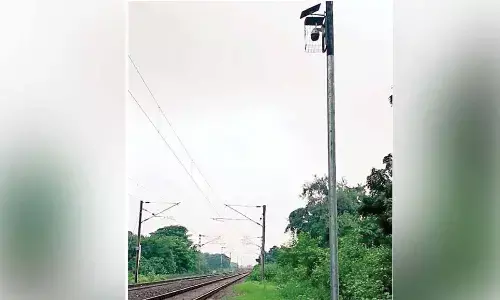New 3D tech for comfortable smart phone viewing

A team of Chinese researchers have developed a new thin display that creates a 3D image without causing viewing discomfort on your smartphone as you watch a 3D movie on the go. Using a technique called \"super multi-view\", researchers at the Sun Yan-Sen University in China developed a new display with comfortable 3D visual effects.
Beijing: A team of Chinese researchers have developed a new thin display that creates a 3D image without causing viewing discomfort on your smartphone as you watch a 3D movie on the go. Using a technique called "super multi-view", researchers at the Sun Yan-Sen University in China developed a new display with comfortable 3D visual effects.
The "super multi-view" technique not only works to reduce viewer discomfort but also greatly decreases the required number of microdisplays which makes a compact design possible.“There are many causes for 3D-viewing discomfort but the most substantial one is the vergence-accomodation conflict," said Lilin Liu, associate professor of the State Key Lab of Optoelectronics Materials and Technology at Sun Yat-Sen University.
Vergence-accomodation conflict is a mismatch between the point at which the eyes converge on an image and the distance to which they focus when viewing 3D images. Human eyes are separated by about six centimetres, which means that when we look at an object, the two eyes see slightly different images. In natural viewing, human's vergence and accommodation responses are correlated with each other and adjust simultaneously.
Conventional 3D displays try to mimic the natural viewing by creating images with varying binocular difference which simulates vergence changes in the natural 3D landscape. But the accommodative distance remains unchanged at the display distance, resulting in the so-called vergence-accomodation conflict that causes viewer discomfort.
The team's solution is to project numerous 2D perspective views to viewpoints with intervals smaller than the pupil diameter of the eye. This means the device can deliver at least two different views to a single eye pupil. “Our proposed scheme overcomes vergence-accomodation conflict by delivering more than two views to a single eye pupil, making the eyes focus on the displayed image naturally,” added co-author Dongdong Teng.
“The prototype in our study is 65-millimeter-thin and the system could become thinner with improvement in structural elements, providing a demo for comfortable 3D wearable electronics or portable displays," Teng added.














